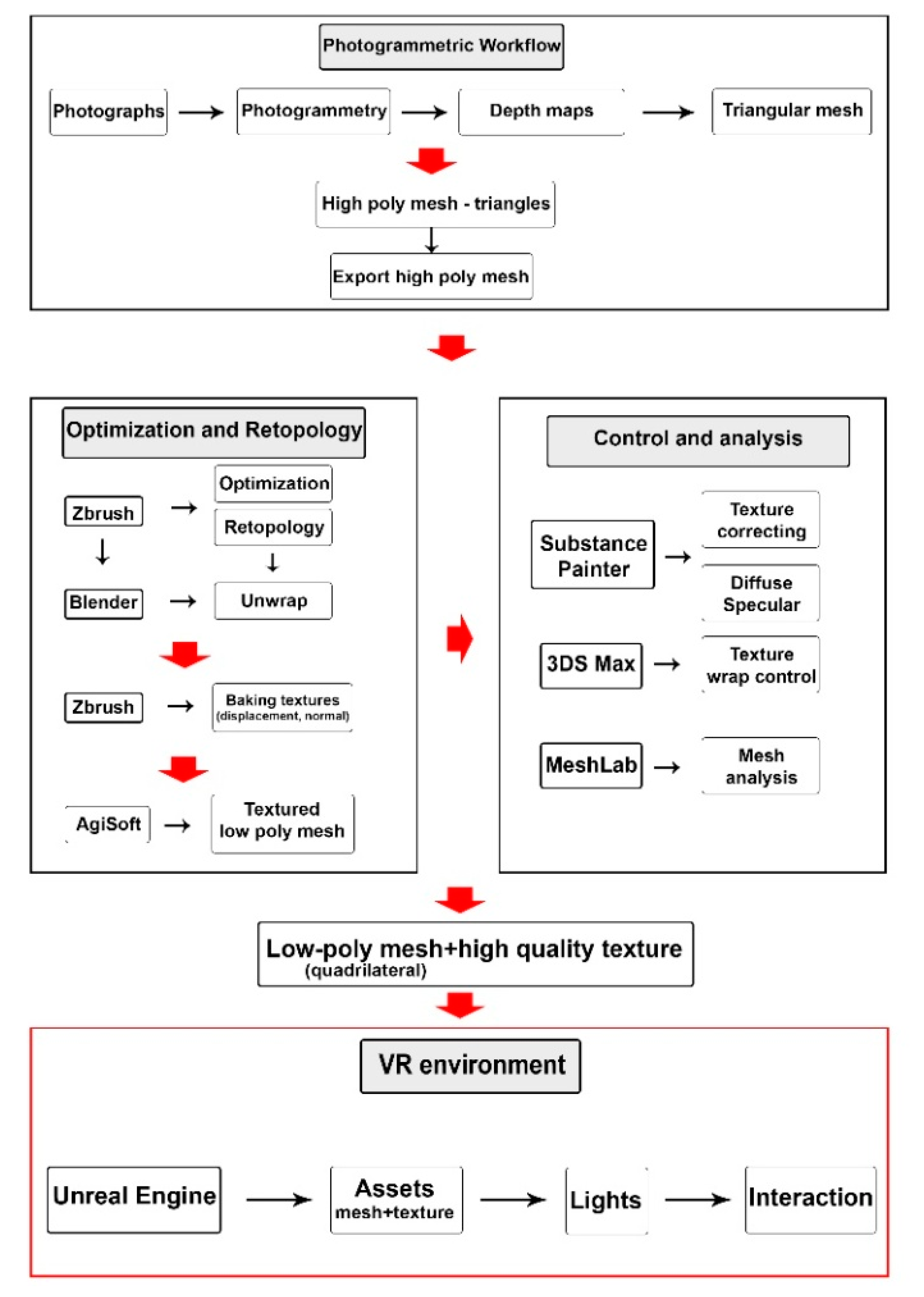
In Maya, I prepared all the assets to be sent to Substance Painter for texturing, much like having different shaders for assets in the same UV tile. You can use a ZSphere rig or you can use simple masks to pose the character in a TPose Mesh in Transpose Master. There are many ways of posing the character in ZBrush.
#Pouch asset pieces zbrush tutorials software
Again, there are many ways of doing this - some use different software for this process. Next, I re-exported all the assets back to ZBrush to extract displacement and normal maps.

I did all the unfolding and packing of UV shells, keeping in mind shading groups such as the life jacket and all of its straps in a single UV Tile, or the oxygen mask and its miscellaneous pieces in a single UV Tile. I exported the assets to Maya at their lowest subdivisions. UVsĪfter completing the sculpt, it’s time to do the UVs. Here, I also gave the face a specific pose I chose.
#Pouch asset pieces zbrush tutorials skin
I then added folds, creases and breaking of symmetry and perfect lines.įor the face, I started with a low subdivision level and made the base shape, then moving to a higher subdivision level and adding secondary shapes, wrinkles, and skin pore details. I started with the proportions of clothing, such as the life vest, on low subdivisions. Once all of the assets were in ZBrush as separate sub tools, I started sculpting. After modeling all the base assets according to the reference, I sent them in “.obj” format to ZBrush for sculpting. At this stage, you can either choose to do the UVs here or do them later. Keeping that figure in mind, I model all the assets.Īfter modeling piece by piece, I assemble them in relation to the human model already in the scene.

This might take a bit of time, but will help save time later in the process.īecause I’m making a human character, I always keep a pre-modeled human figure made to an approximate scale of real world in the scene (about 6feet or 183cm tall). Reference material is also very important to understand scale, what material things are built with, the purpose they serve, as well as technical aspects. This gave me a good understanding of what I was trying to make. The first step to proceed with a project like this is collecting reference material. This breakdown will go over some of the things I did to tackle my “WWII Aviator” project. That’s what inspired me to make this project, “WWII Aviator.”Įach and every artist has their own workflow to proceed with a project like this.

Just thinking about flying an aircraft in stormy weather at night, waiting for the enemy aircrafts to appear through the clouds gets me inspired. I have always been interested in aviation since I was a kid. 3D Modeling, texturing and shading artist with work experience in media and advertising fields.


 0 kommentar(er)
0 kommentar(er)
